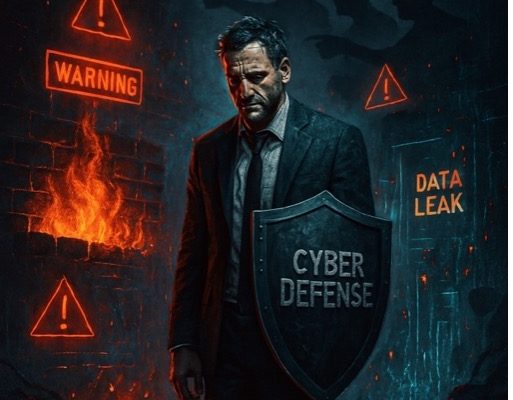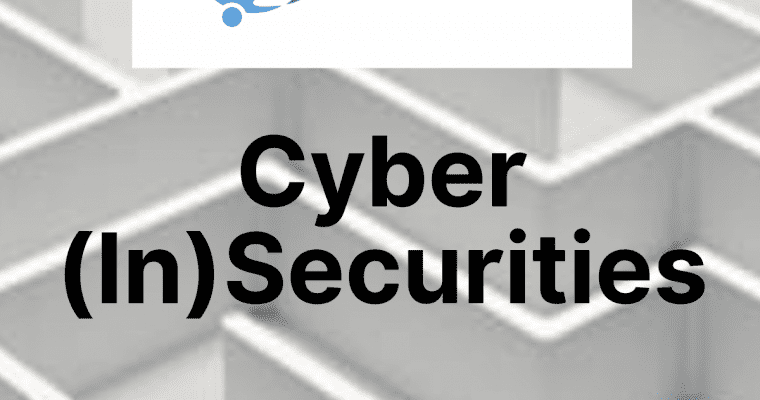CyAN Members Event – AI act & Fides demo
We are delighted to invite you to an exclusive CyAN webinar on Wednesday, October 2, 2025, dedicated to one of the most pressing challenges for businesses today: navigating the growing complexity of regulatory compliance in the era of AI. During this 1-hour session, you …







